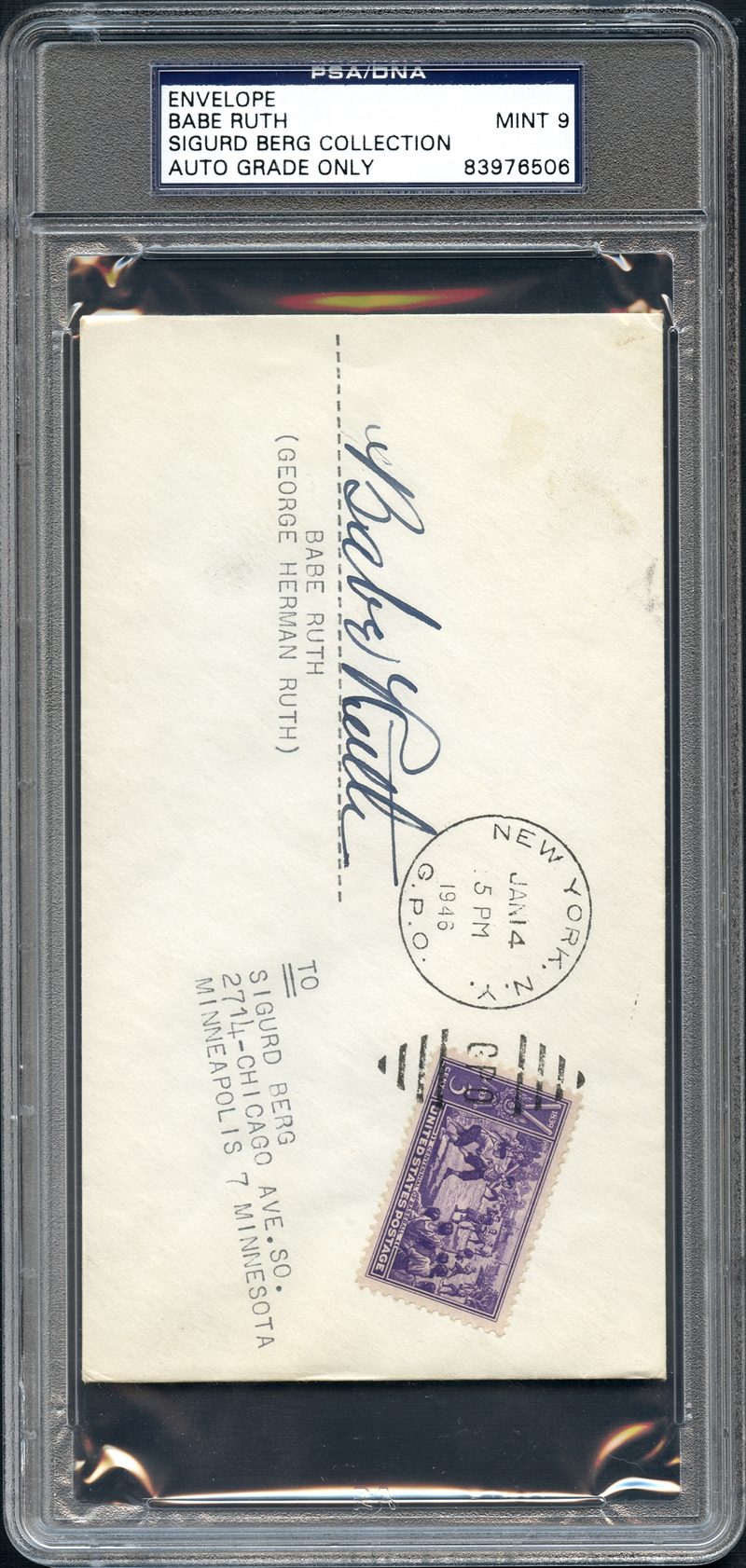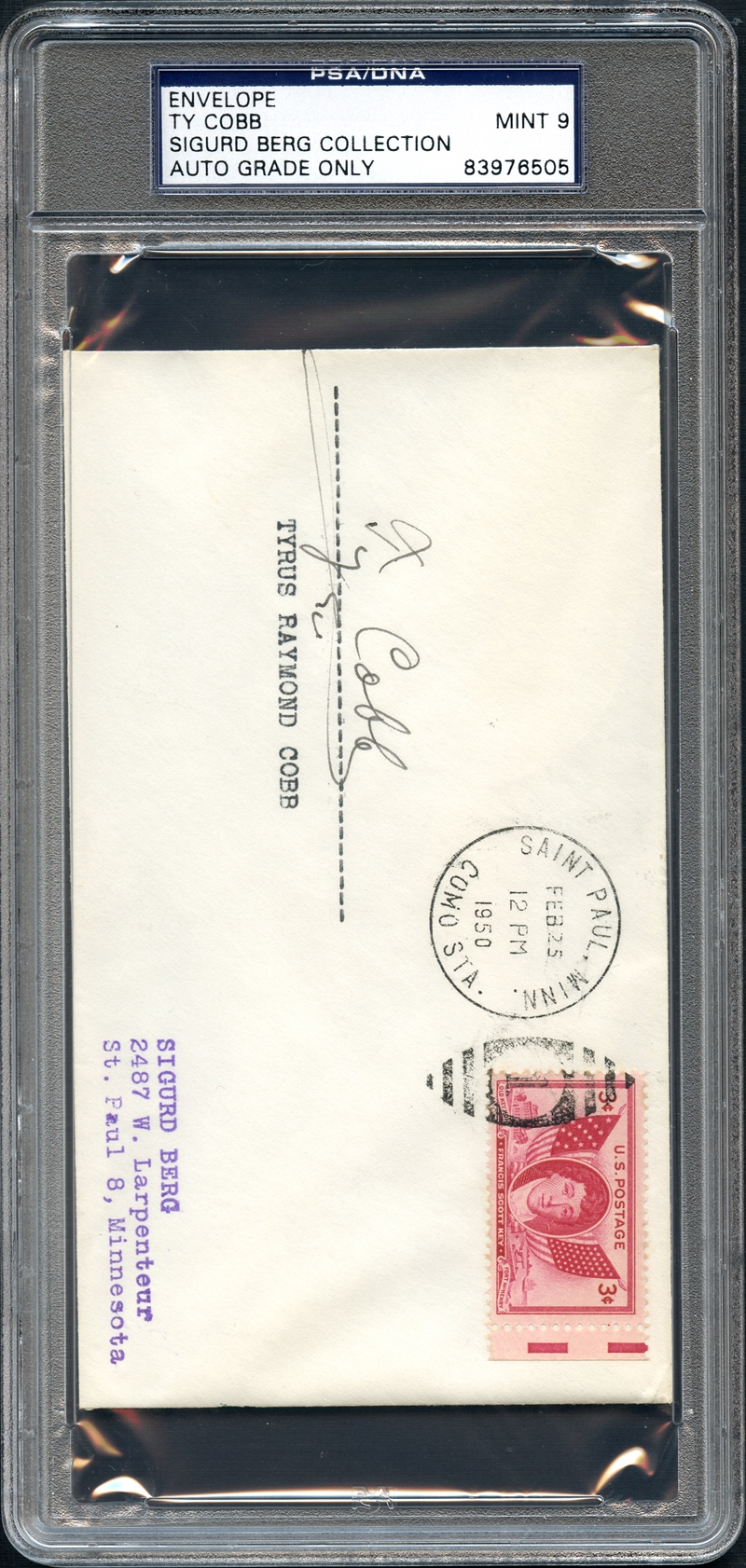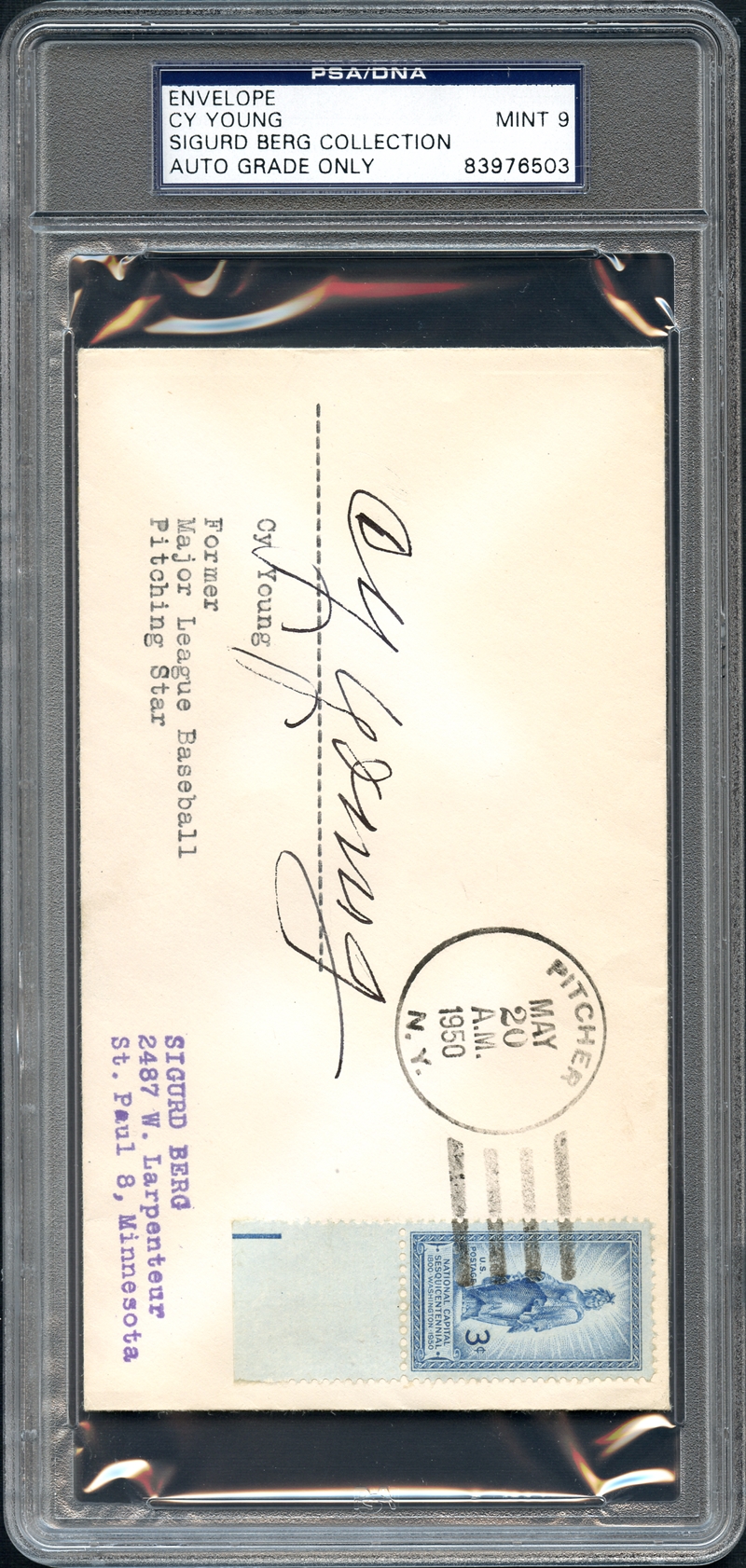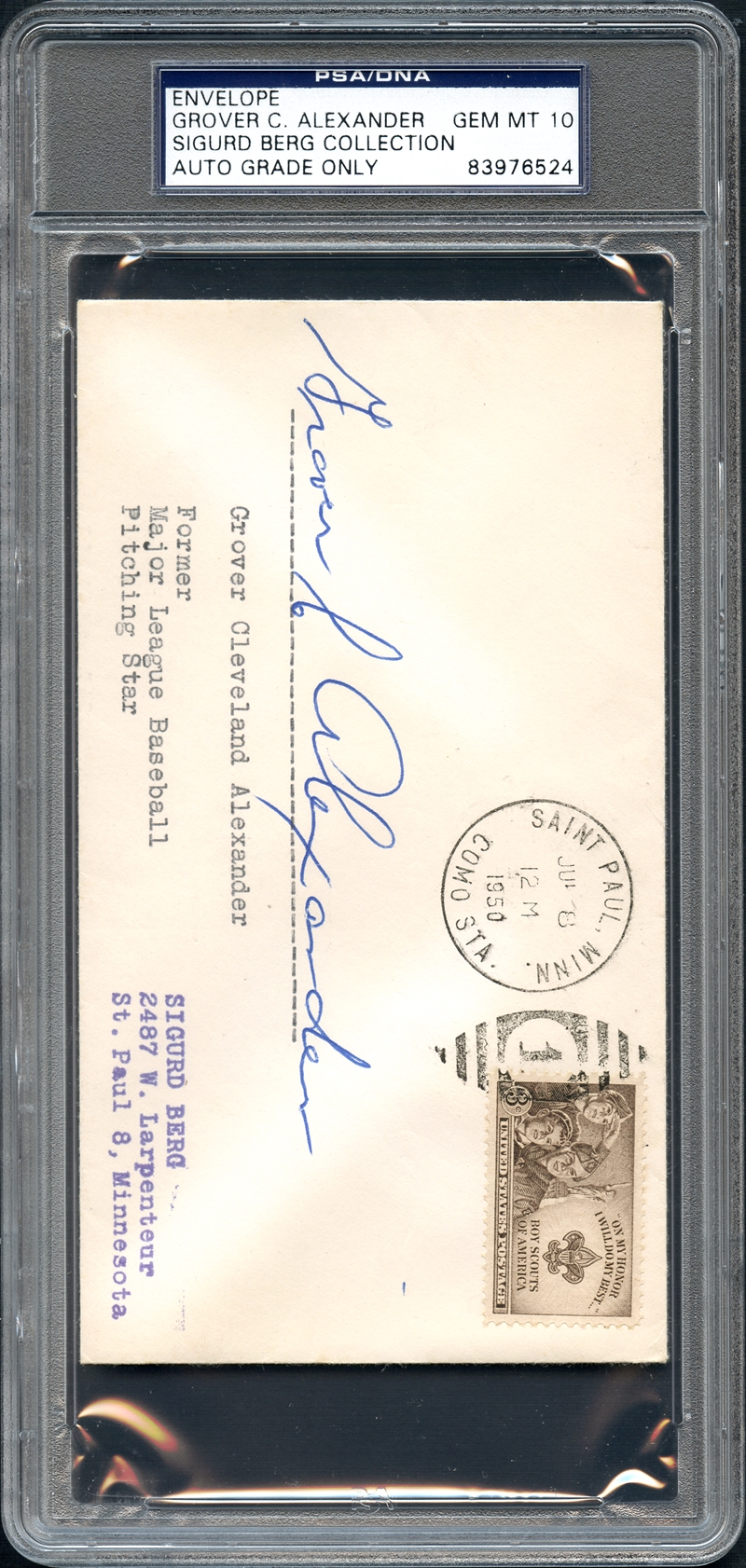On August 11, 1929, Babe Ruth sent a Willis Hudlin pitch over the right field wall for his 30th home run of the season. The Yankees lost that game 6-5 but “The Bambino” made history as the charter member of the legendary 500 home run club. Before Ruth, the concept of a 500 home run hitter seemed ludicrous as his predecessor to the throne, Roger Conner, held the top mark for 24 years with 138 dingers. Oh, you could make the argument that those were the “dead-ball” days and the game changed dramatically in the 1920’s (and of course, it did), but consider that the same day Ruth touched all four bases for the 500th time in his career, #2 on the list was 33-year old Rogers Hornsby, who also hit a home run and pushed his career total to 233. It takes a combination of consistent greatness and injury-free longevity to reach the magic number, with the long list of baseball players that came up just short including such icons as Lou Gehrig (493), Stan Musial (475) and Carl Yastrzemski (453).
Welcome to the Club! Ruth has Company
 As the home run became a more integral part of the game, players came along with greater power and longevity. Though challenging Ruth’s 714-lifetime homers was still a pipedream, the idea that another superstar could join Ruth at the 500 home run plateau seemed attainable given the right circumstances. When Babe set the single-season record in 1927 by notching 60 round-trippers, a mark that would stand for over 30 years, he single-handedly hit more home runs than every TEAM in the American League. Teammates Gehrig and Lazzeri finished 2nd and 3rd with 47 and 18 respectively. But just five years later, with Ruth’s career winding down, the 30 home-run hitter was no longer an aberration. Eleven years after Ruth started the club, Jimmie Foxx next crossed the barrier and New York’s Mel Ott joined as the first member from the National League five years after that. Where once there was just Ruth now stood three. But it was time to set a few more places at the table, this party was just getting started!
As the home run became a more integral part of the game, players came along with greater power and longevity. Though challenging Ruth’s 714-lifetime homers was still a pipedream, the idea that another superstar could join Ruth at the 500 home run plateau seemed attainable given the right circumstances. When Babe set the single-season record in 1927 by notching 60 round-trippers, a mark that would stand for over 30 years, he single-handedly hit more home runs than every TEAM in the American League. Teammates Gehrig and Lazzeri finished 2nd and 3rd with 47 and 18 respectively. But just five years later, with Ruth’s career winding down, the 30 home-run hitter was no longer an aberration. Eleven years after Ruth started the club, Jimmie Foxx next crossed the barrier and New York’s Mel Ott joined as the first member from the National League five years after that. Where once there was just Ruth now stood three. But it was time to set a few more places at the table, this party was just getting started!
The 1950’s – Going, Going …. Gone!
 It would be another 15 years before baseball would see another 500 homer guy with Ted Williams gaining admittance in 1960, having lost several years to military service. And while the 1950s didn’t celebrate a 500 home run hitter, it produced a new wave of superstars that made it the golden age of baseball and opened the club to new membership. Mickey Mantle and Willie Mays started their assault on “The Big Apple” in 1951, followed by Eddie Mathews in ‘52, Ernie Banks in ‘53, Harmon Killebrew and Hank Aaron in ‘54, Frank Robinson in ‘56 and Willie McCovey in ‘59. Eight new members that began their careers in the 1950s had all crossed into the club, with Mantle and Mathews doing it two months apart in 1967 and Aaron joining exactly a year after Mathews. Adding in Reggie Jackson, Mike Schmidt and Eddie Murray, the 500 home run club was up to 15 members, all of which are enshrined in the Baseball Hall of Fame. Since 1999, 12 more members have entered the 500 home run club since; McGwire,Palmeiro, Bonds, Sheffield, Sosa, Griffey, F. Thomas, Thome, M. Ramirez, A. Rodriguez, Ortiz and Pujols.
It would be another 15 years before baseball would see another 500 homer guy with Ted Williams gaining admittance in 1960, having lost several years to military service. And while the 1950s didn’t celebrate a 500 home run hitter, it produced a new wave of superstars that made it the golden age of baseball and opened the club to new membership. Mickey Mantle and Willie Mays started their assault on “The Big Apple” in 1951, followed by Eddie Mathews in ‘52, Ernie Banks in ‘53, Harmon Killebrew and Hank Aaron in ‘54, Frank Robinson in ‘56 and Willie McCovey in ‘59. Eight new members that began their careers in the 1950s had all crossed into the club, with Mantle and Mathews doing it two months apart in 1967 and Aaron joining exactly a year after Mathews. Adding in Reggie Jackson, Mike Schmidt and Eddie Murray, the 500 home run club was up to 15 members, all of which are enshrined in the Baseball Hall of Fame. Since 1999, 12 more members have entered the 500 home run club since; McGwire,Palmeiro, Bonds, Sheffield, Sosa, Griffey, F. Thomas, Thome, M. Ramirez, A. Rodriguez, Ortiz and Pujols.
MHCC Offering Collection of Game-Used Bats from Each Member of the 500 Home Run Club and More!
 The March MHCC auction will feature a game-used bat from each of the 27 members of the illustrious 500 home run club, highlighted by a 1921-31 Babe Ruth Louisville Slugger Professional Model MEARS A6 and PSA/DNA, 1926-27 Jimmie Foxx Spalding Rookie-Era PSA/DNA GU 9, 1939-40 Ted Williams Rookie-Era Louisville Slugger PSA/DNA GU 9, 1943 Mel Ott Louisville Slugger PSA/DNA GU 8, 1950-1960 Frank Robinson Rookie Era Signed Louisville Slugger PSA/DNA GU 8.5, 1950s Harmon Killebrew Louisville Slugger PSA/DNA GU 8.5, 1959-60 Eddie Mathews Adirondack PSA/DNA GU 10, 1960 Willie Mays Signed Louisville Slugger Used to Hit Career HR #278 PSA/DNA GU 9 and 1965-68 Mickey Mantle Louisville Slugger PSA/DNA GU. In addition, there are several other highly-prized wood gamers that include 1969-70 Pete Rose Game-Used and Signed Louisville Slugger Bat PSA/DNA GU 8, 1990s Mike Piazza Mizuno Pro Limited Game-Used Bat PSA/DNA GU 9.5, 1998 Tony Gwynn Game-Used and Signed Louisville Slugger Bat Used for Career Hit #2825 PSA/DNA GU 10, 2002 Derek Jeter Signed Louisville Slugger LOA/Steiner and PSA/DNA GU 9, 2007 Miguel Cabrera Game-Used Nokona Bat PSA/DNA GU 8.5 and 2013 Mike Trout Old Hickory Bat PSA/DNA GU 10. The auction runs from March 4th through to Thursday, March 21st.
The March MHCC auction will feature a game-used bat from each of the 27 members of the illustrious 500 home run club, highlighted by a 1921-31 Babe Ruth Louisville Slugger Professional Model MEARS A6 and PSA/DNA, 1926-27 Jimmie Foxx Spalding Rookie-Era PSA/DNA GU 9, 1939-40 Ted Williams Rookie-Era Louisville Slugger PSA/DNA GU 9, 1943 Mel Ott Louisville Slugger PSA/DNA GU 8, 1950-1960 Frank Robinson Rookie Era Signed Louisville Slugger PSA/DNA GU 8.5, 1950s Harmon Killebrew Louisville Slugger PSA/DNA GU 8.5, 1959-60 Eddie Mathews Adirondack PSA/DNA GU 10, 1960 Willie Mays Signed Louisville Slugger Used to Hit Career HR #278 PSA/DNA GU 9 and 1965-68 Mickey Mantle Louisville Slugger PSA/DNA GU. In addition, there are several other highly-prized wood gamers that include 1969-70 Pete Rose Game-Used and Signed Louisville Slugger Bat PSA/DNA GU 8, 1990s Mike Piazza Mizuno Pro Limited Game-Used Bat PSA/DNA GU 9.5, 1998 Tony Gwynn Game-Used and Signed Louisville Slugger Bat Used for Career Hit #2825 PSA/DNA GU 10, 2002 Derek Jeter Signed Louisville Slugger LOA/Steiner and PSA/DNA GU 9, 2007 Miguel Cabrera Game-Used Nokona Bat PSA/DNA GU 8.5 and 2013 Mike Trout Old Hickory Bat PSA/DNA GU 10. The auction runs from March 4th through to Thursday, March 21st.







